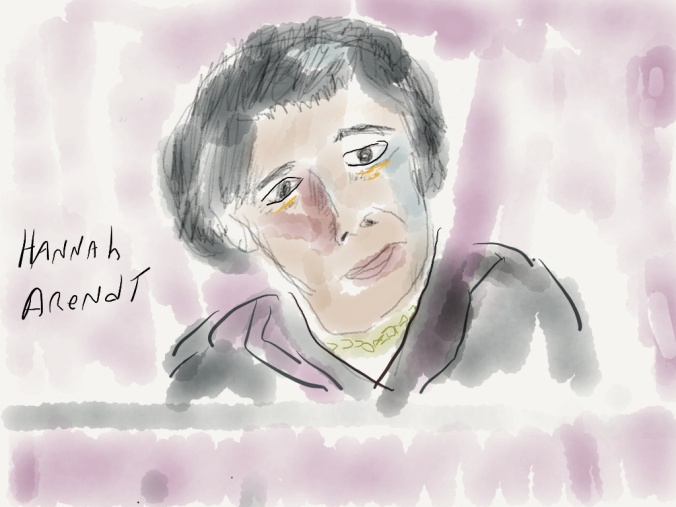 At 6:30 a.m. on the Friday after Christmas, I found myself fully inserted into a large MRI tube. For 45 minutes I had to remain completely still while an icy course of “tracer” pulsed through my veins and a cacophonous symphony of beeps, clanks and rumblings sneaked through the noise-reducing headphones that were provided. Forty-five minutes in odd isolation gives you a lot of time to think…about pretty much everything, but certainly about one’s own mortality, about creativity and about finishing the work that one has started.
At 6:30 a.m. on the Friday after Christmas, I found myself fully inserted into a large MRI tube. For 45 minutes I had to remain completely still while an icy course of “tracer” pulsed through my veins and a cacophonous symphony of beeps, clanks and rumblings sneaked through the noise-reducing headphones that were provided. Forty-five minutes in odd isolation gives you a lot of time to think…about pretty much everything, but certainly about one’s own mortality, about creativity and about finishing the work that one has started.
I don’t know if I am unconsciously seeking out these type of things/thoughts or that I am just noticing them more and more. A couple of weeks ago, I wrote about a Rodney Crowell song titled “It Ain’t Over Yet” which deals with not giving up despite what age and time and others might tell you. I’ve played that song at two separate gigs since then. Today I finally saw a film that I had been wanting to see since it came out a month ago: Pedro Almodóvar’s Pain and Glory.

Antonio Banderas as Salvador Mallo in Pain and Glory
Almodóvar’s film deals also with the subject of mortality. (Though a two-hour film can certainly uncover many more layers than can ever be exposed in a four-minute song.) The protagonist, Salvador Mallo (Antonio Banderas) is a film-director/screenwriter beset by pains and various medical conditions who has completely stopped working and who–when not self-medicating–slips into fond memories of his past, memories triggered by the slightest moments of the present. There are memories of his mother, of his early home, of his childhood. And, at the moment, he feels that they are all he has.
Yet his film career is now the subject of art house retrospectives and a memoir piece is currently being staged by an old colleague/nemesis. But he has stopped working. There is nothing new.
He has a wonderful, solicitous secretary (Nora Navas) who continues to answer the many requests for interviews, conferences, etc–always with a “no” response. She is also charged with taxiing him to doctors and hospitals. (A wonderful throw-away line is when he asks why he is so popular in Iceland, after the umpteenth Icelandic request for him to visit.)
I have loved Almodóvar’s films since I was quite young. And if asked what it is about all of them that I remember, I might say–beside the passionate storytelling–the color. His eye for color is startling. There are many vivid reds and electric blues–Mallo’s apartment is a designer’s dream–and even the white-washed caves that the young boy and his mother (Penelope Cruz) live in pop off the screen in memorable brilliance.

Young Mallo (Asier Flores) and his mother (Penelope Cruz) in the cave where they live (before the white washing).
There has been much written about how Pain and Glory is Pedro Almodóvar’s most personal film. And that is easily understood. But since I am often teased for being a “spoiler” in any posts that I write about movies and books, I will do my best to restrain myself here. However, I will say that whatever Pedro Almodóvar is thinking, he should listen to Rodney Crowell’s song “It Ain’t Over Yet.”
Because this film is wonderful.


























